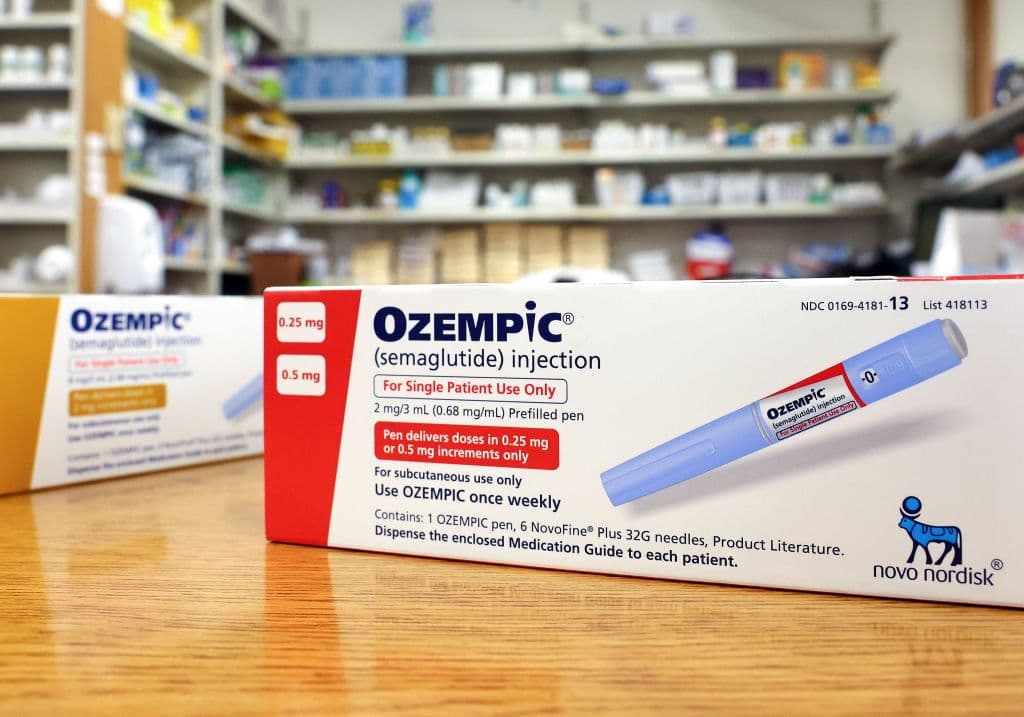
How Does Insurance Cover Ozempic Injection Price
Ozempic, a popular medication for managing type 2 diabetes, has been gaining attention for its benefits in blood sugar control and weight management. As its popularity grows, many individuals wonder about how their insurance plans may cover the expense of Ozempic injections. Understanding the various factors that influence coverage can help patients navigate their healthcare options effectively. Below, we break down how insurance typically handles the price of Ozempic injections.
Insurance Coverage for Prescription Medications:
Most health insurance plans offer some level of coverage for prescription medications, including injectable treatments Ozempic injection price in Dubai (سعر حقن أوزيمبيك في دبي). Coverage often depends on the specific type of plan you have, such as private insurance, employer-provided coverage, or government-backed programs like Medicare. It's important to note that not all plans will cover every medication, and some plans may require prior authorization before they approve a specific drug.
Formulary Lists and Coverage Levels:
Insurance companies typically maintain a formulary list, which is a list of approved drugs that they are willing to cover. Ozempic, being a newer medication, may be placed on a higher tier in the formulary, which can influence the level of coverage it receives. If Ozempic is on a higher-tier formulary, it may come with additional out-of-pocket expenses, although it still remains eligible for coverage. Patients should check with their insurance provider to confirm whether Ozempic is included on their plan’s formulary.
Prior Authorization Requirements:
Before an insurance company will cover the cost of Ozempic, they may require a process called prior authorization. This means that your insurance provider will review your medical history, prescriptions, and reasons for needing Ozempic. The purpose of prior authorization is to ensure that the medication is medically necessary based on your individual health needs. If approved, the insurer will proceed with covering the medication according to your plan’s terms.
Copays, Deductibles, and Coinsurance:
Even with insurance coverage, patients may still be responsible for a portion of the medication's cost. Common costs include copays, which are fixed amounts patients pay for their prescriptions, as well as deductibles and coinsurance. A deductible is the amount a patient must pay out-of-pocket before insurance begins to cover their expenses, while coinsurance is a percentage of the medication cost that the patient must pay. These out-of-pocket costs can vary depending on the insurance plan.
Medication Coverage Under Medicare:
For individuals enrolled in Medicare, the coverage of Ozempic injections can vary depending on the specific part of Medicare that applies. Medicare Part D, which covers prescription drugs, may offer coverage for Ozempic if it is listed in the formulary. However, some Medicare Advantage plans (Part C) may offer more extensive coverage options. Beneficiaries should contact their Medicare plan provider to understand their specific coverage options for Ozempic.
Financial Assistance and Manufacturer Programs:
In cases where insurance does not fully cover the medication or if the out-of-pocket costs are burdensome, there may be financial assistance programs available. Ozempic’s manufacturer offers patient assistance programs that may help individuals afford the medication, especially if they meet certain eligibility requirements. These programs can significantly reduce the financial burden on patients and help make the medication more accessible.
Navigating Coverage with Insurance Providers:
When dealing with the insurance coverage of Ozempic, it is crucial for patients to proactively engage with their insurance provider. This may involve asking for detailed information about their policy’s formulary, understanding any necessary paperwork for prior authorization, and verifying the exact cost-sharing obligations. In some cases, patients may even need to appeal a coverage decision if Ozempic is initially denied. Clear communication with the insurance company can make a significant difference in securing the coverage needed for Ozempic treatment.
Conclusion:
Navigating insurance coverage for Ozempic injections can seem complex, but understanding the key components—such as formulary placement, prior authorization, and cost-sharing responsibilities—can empower patients to make informed decisions. While coverage details may vary from one plan to another, most insurance providers offer some form of support for prescription medications like Ozempic. With the added assistance of financial support programs and clear communication with insurance representatives, accessing this effective treatment becomes more manageable. Taking the time to explore and clarify your coverage options ensures a smoother experience and supports long-term health goals.
Read more about
Appreciate the creator